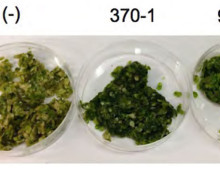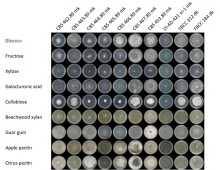Phosphorus Response in Plant-Microbe Symbioses
While plant-microbe symbioses play critical roles in enhancing nutrient acquisition and ecosystem productivity, little information is available on the complex metabolic and signaling pathways that mediate such responses. In this project, researchers specifically plan to study the influences of ectomycorrhizal (ECM) fungi and plant growth promoting bacteria (PGPB) on the phosphorus starvation response in aspen… [Read More]


